Viminacium
At this archaeological site, visitors can explore the ruins of the capital of the former Roman province of Moesia.
Situated on the confluence of Danube and Mlava rivers, the Viminacium archeological park is home to the ancient ruins of a powerful Roman settlement. Viminacium was the capital of the Roman province of Moesia and an important military camp, founded around the 1st century.
The city thrived throughout the centuries, eventually gaining the status of a colony during the reign of emperor Gordian III. It’s estimated that the city was home to 48,000 inhabitants. Two Roman legions were stationed here, Legion VII and Legion IV. In 382, Viminacium was the meeting place for Theodosius and Gratian during the Gothic Wars. It was destroyed in 441 by Attila the Hun, but rebuilt by Justinian I.
The first excavations at the site occurred in 1882. The remains of over 14,000 tombs were found at Viminacium, complete with antique frescoes inside. Ruins of an amphitheater, buildings, a Roman thermae, an aqueduct, mausoleum, and parts of a sewer system were discovered along with pottery shards and coins. They all provide a vision of what life was like this once vibrant Roman city.
The tombstones and sarcophagi are decorated with relief representations of mythological scenes. The most prominent image is the “Divina,” a fresco of a beautiful, young woman that somewhat resembles the “Mona Lisa”. It’s the centerpiece of one tomb and probably represents a woman who was buried inside.
In June 2012 during the excavation, an amphitheater was discovered, one of the largest in the Balkans. The excavation also revealed a gladiator arena that contained the remains of wild animals.
Also found at the Viminacium archeological site is the Mammoth park, where a prehistoric mammoth skeleton was unearthed along the outskirts of the imperial mausoleum. The skeleton is believed to have come from the Miocene era.
Know Before You Go
Most artifacts excavated at the site are on display at the National Museum in Belgrade and National Museum in Požarevac.

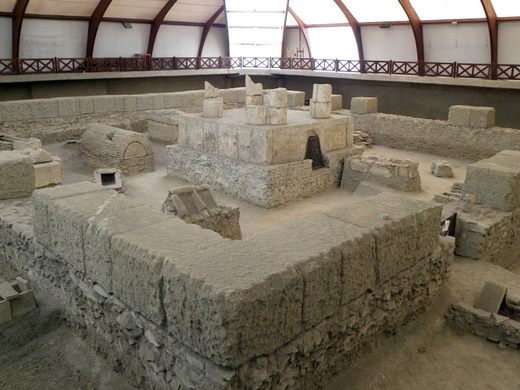


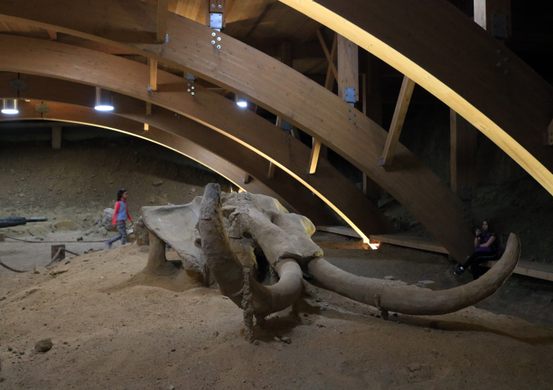
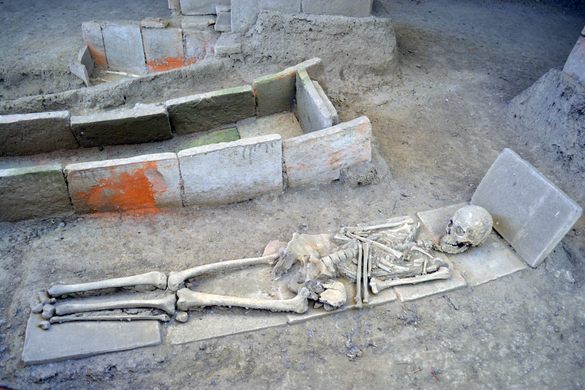
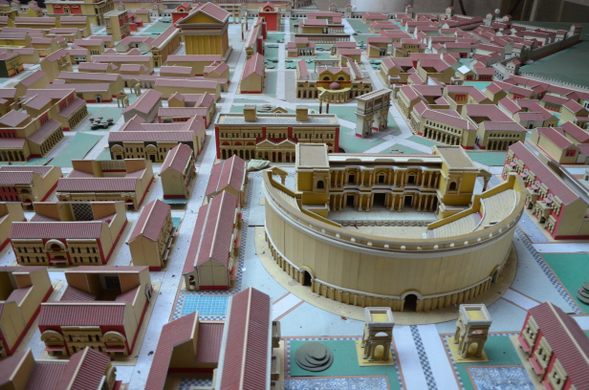
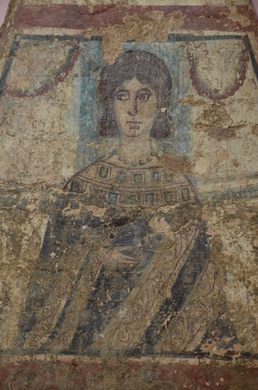
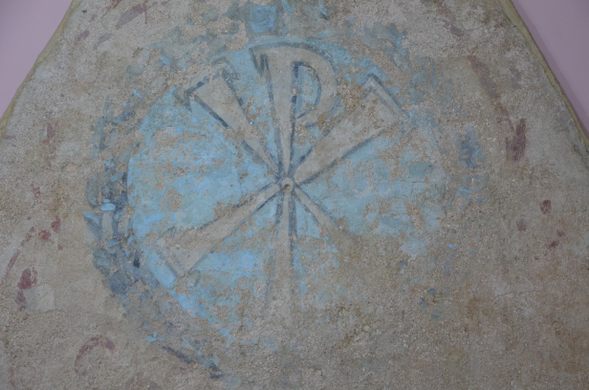
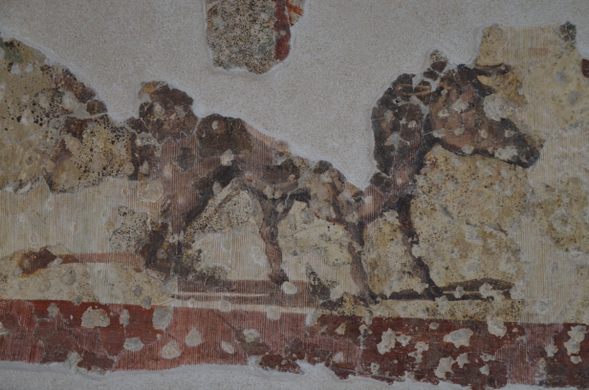








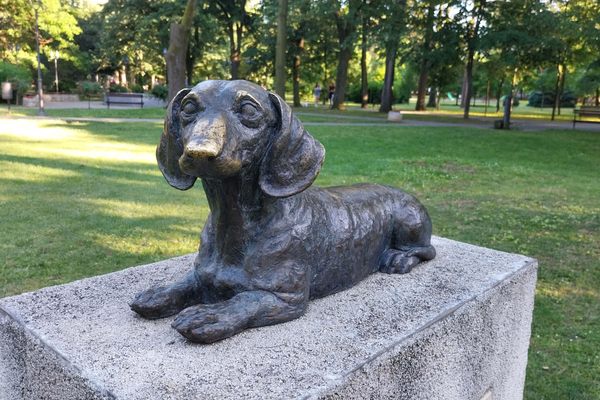


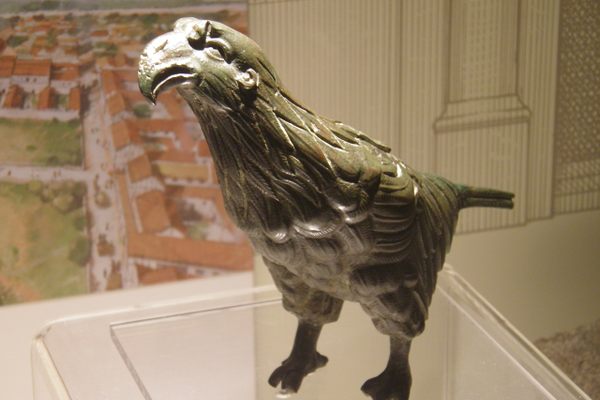


Follow us on Twitter to get the latest on the world's hidden wonders.
Like us on Facebook to get the latest on the world's hidden wonders.
Follow us on Twitter Like us on Facebook